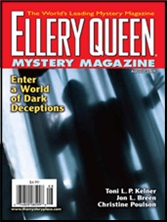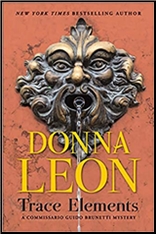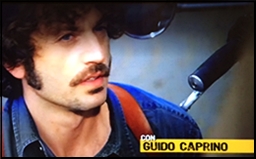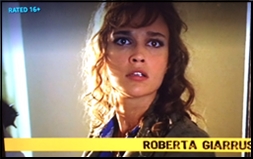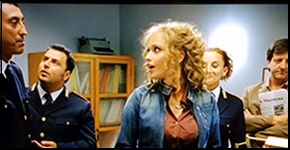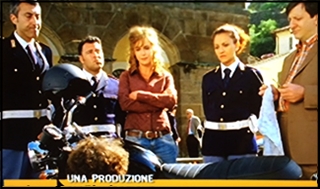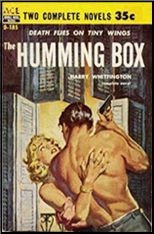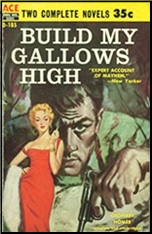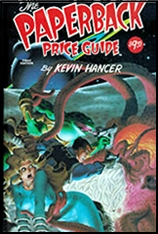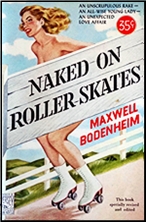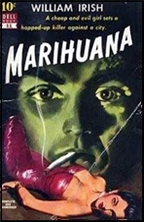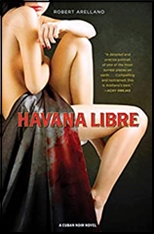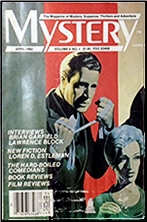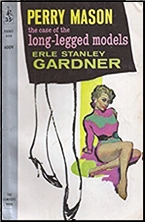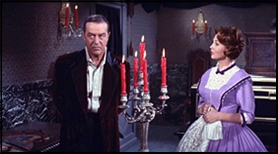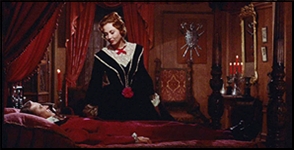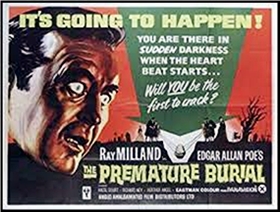Wed 23 Sep 2020
A TV Episode Review: ROUTE 66 “Black November†(1960).
Posted by Steve under Reviews , TV Drama[17] Comments
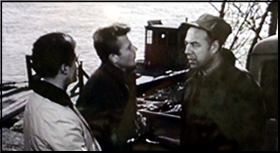
ROUTE 66. “Black November.†CBS, 60m, 07 Oct 1960 (Season 1, Episode 1). Martin Milner (Tod Stiles), George Maharis (Buz Murdock). Guest Cast: Everett Sloane, Patty McCormack, Keir Dullea, Whit Bissell, George Kennedy. Musical theme: Nelson Riddle. Screenwriter: Stirling Silliphant. Director: Philip Leacock. Currently streaming on Amazon Prime Video.
Chronicling the adventures of two roving buddies making their way across the width and breath of the United States, this was arguably the iconic TV shows of the early 1960s. Of its kind, while I personally missed it entirely, it was certainly the most successful. I was off in college at the time, and I think I had time to watch television at most two or three, with the choice limited to one TV channel.
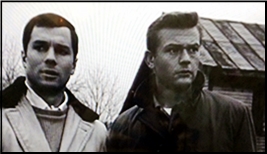
I knew about it, of course, even without access to our family’s subscription to TV Guide, which I was addicted to all though high school. (Who in the early 60s did not?) So when I learned that Amazon Prime was streaming it free to subscribers, I thought it high past time to catch up on a serious lack in my cultural heritage.
I’m glad I did. This first episode’s a good one. The two buddies with a brand new car and two pair of restless feet to drive it find themselves in quite a predicament – at one time with ropes around their necks waiting to be lynched. This is not anything the Mississippi Tourist Bureau would want anyone to see! I suppose that in 1960, backward places such as the small town of Garth might exist, just like the most secluded rural parts of England, where strangers never come, and when they do, they are looked on by residents as Demons from Hell.
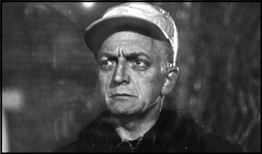
One man rules the town with a iron thumb, and his name is Garth (Everett Sloane). The town also has a secret, but absolutely no one will talk about it. The daughter (Patty McCormack) of the local storekeeper is the only one who offers them a timid, shy smile. Everyone else has dark sullen faces, constantly staring at the pair with dark hostility. There is also, of all things, but it fits in perfectly, a creepy scene in which the townsfolk storm the grocery store with torches blazing away in the darkness.
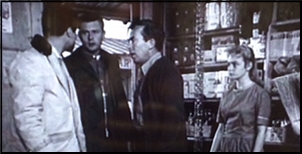
As the pilot episode, this certainly is an effective one. It starts, however, after they’ve already been on the road for a while, and it’s only in their conversation that we get hints of who they are and what set them on their way. If you are puzzled why they were heading for Biloxi before they got lost, a town nowhere near Route 66, I have often wondered that about the series myself. They ended up all over the US during the four years the program was on the air. I have finally assumed that the cross-country Route 66 was only a metaphor for anyone traveling here and there at whim and will, with no particular destination in mind.

